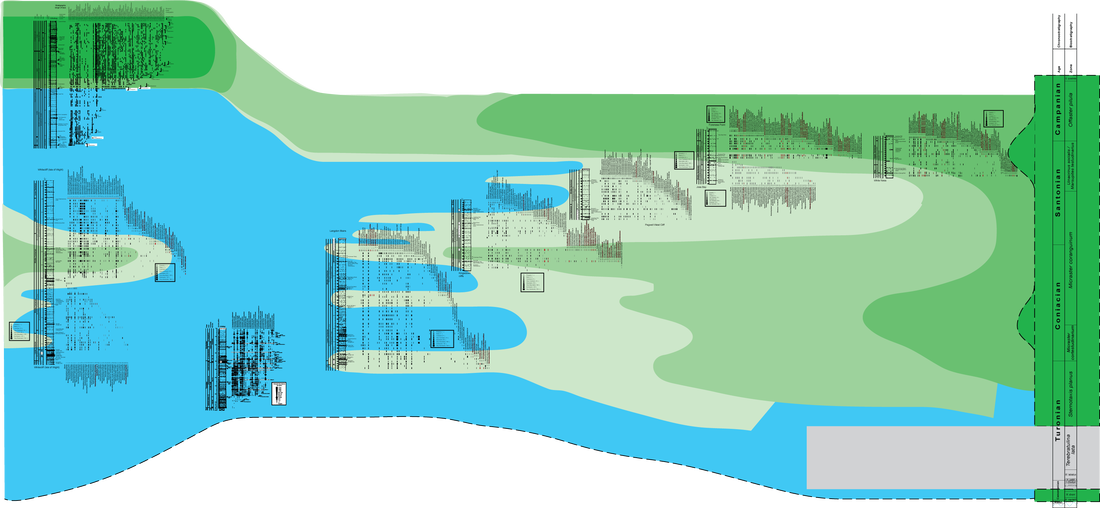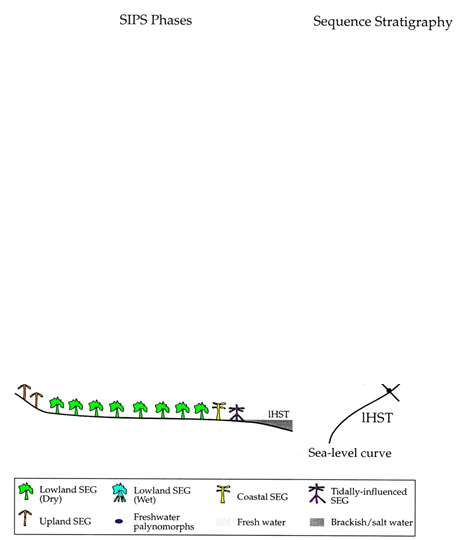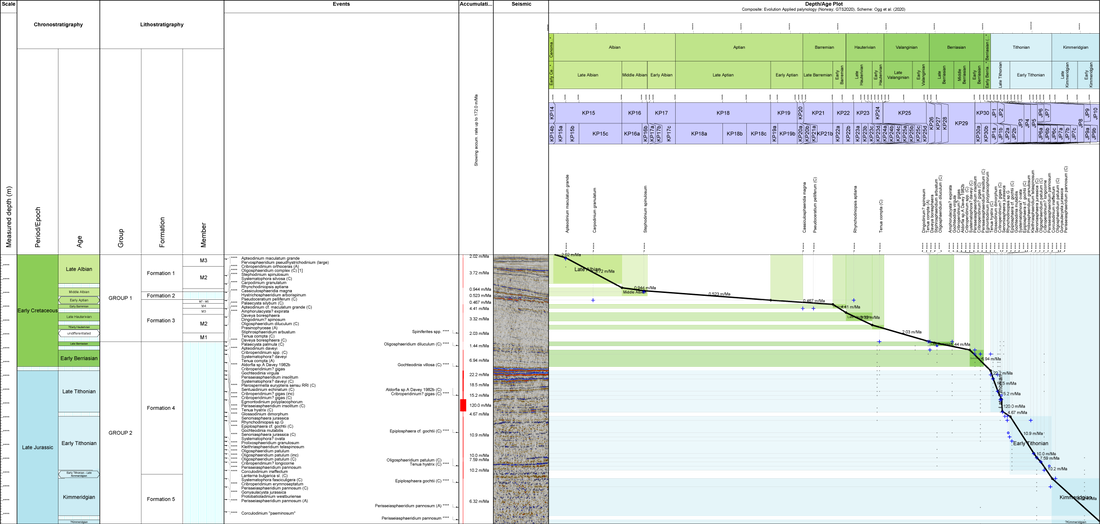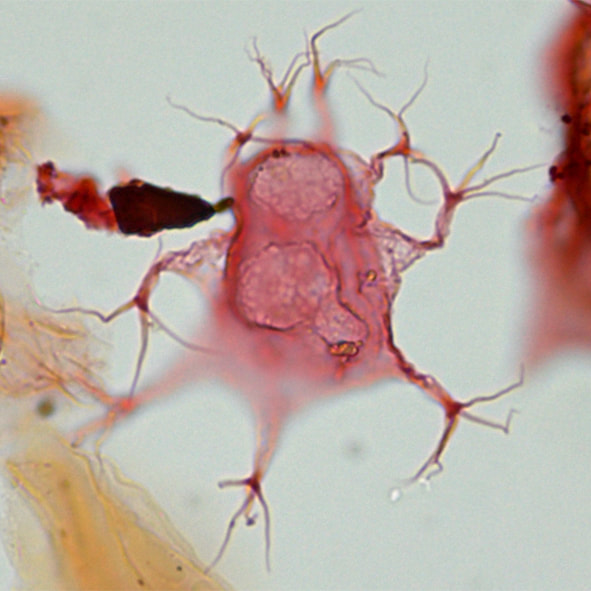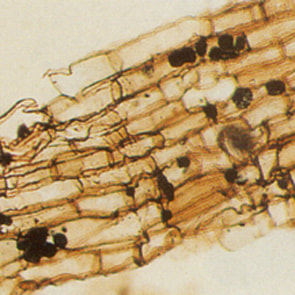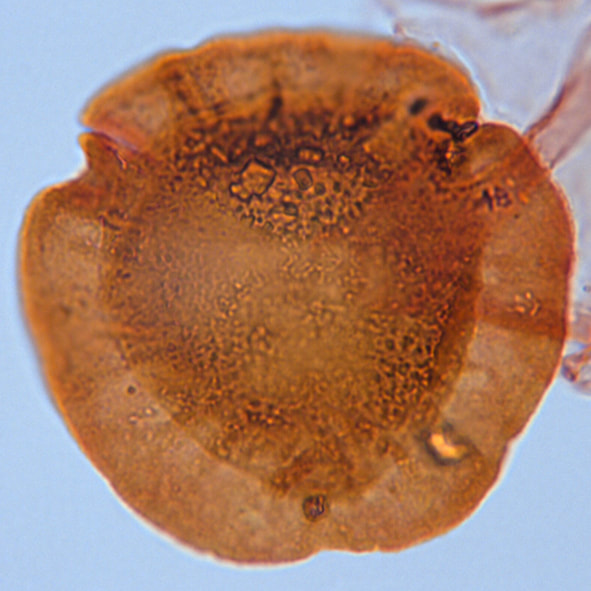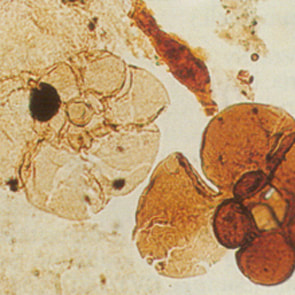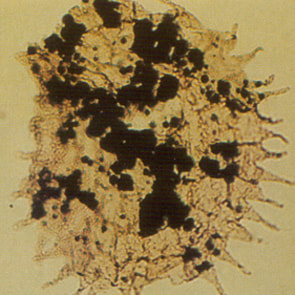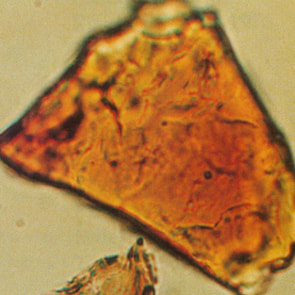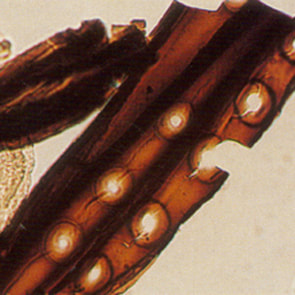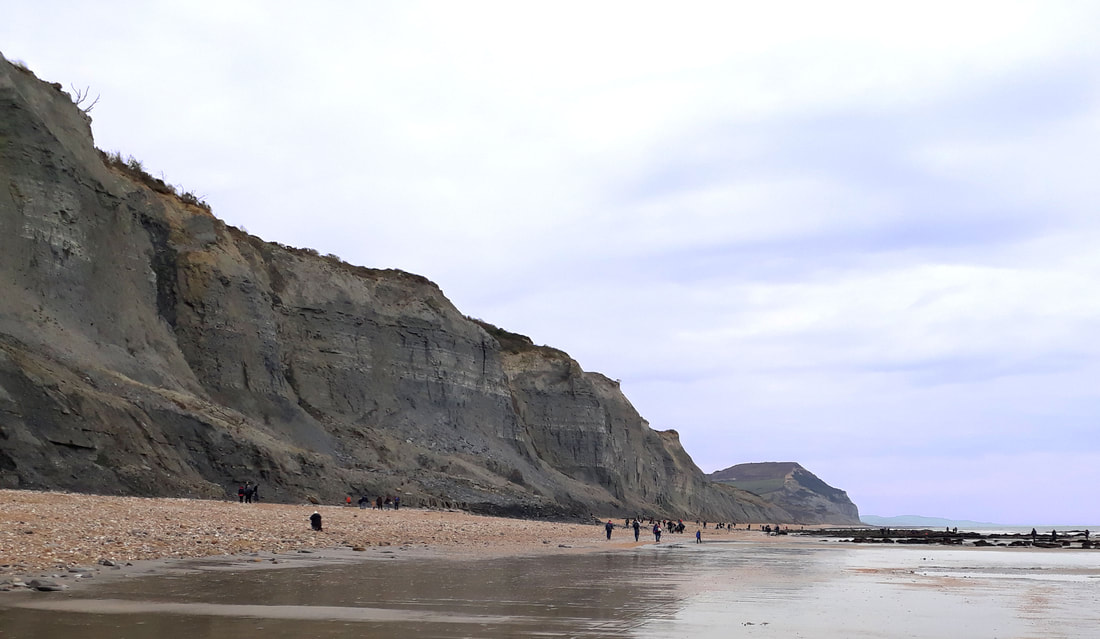Summary
- Palynology and micropalaeontology of the Triassic to Quaternary worldwide (see Experience page);
- Available for an work as in-house biostratigrapher at client office on any project
- Palaeoenvironmental reconstructions using dinoflagellate cysts, spores and pollen and microfossils;
- Palynofacies analysis of unoxidised kerogen
- RAnking and SCaling (RASC) of biostratigraphical data to produce an optimum sequence of bioevents for use in correlation and zonation
- Zonation scheme recalibrations
- Training courses in diatom, dinoflagellate, dinocyst, spores and pollen (and host plant) biology, morphology, ontogeny, phylogeny, taphonomy and taxonomy
- Team building events at the UNESCO World Heritage Jurassic Coast
Experience on both sides of the table
|
As a principal biostratigrapher for 10 years at Statoil ASA (now Equinor Energy AS) in Stavanger and Bergen (Norway) and Houston (USA) offices, we have gained a huge amount of experience throughout the geological column and of both hemispheres, high and low latitudes
In addition to the interpretation of all the major fossil groups worldwide, we have aided in fieldwork on Greenland, and are the only biostratigraphers to have been at wellsite on it's NE margin |
From the rapid interpretation of biostratigraphic data for farm-in projects and data room visits, Norwegian Shelf concession round support, aiding in the remodelling and reinvigorating of existing fields, working with exploration and production assets and with other oil-companies in AMI projects, we have been exposed to a wide range of geological problems and their solutions
Whether it be ad hoc biostratigraphy advice, routine analysis, special studies or secondments into your office, we have you covered
Palaeoenvironmental models
Mapping the distribution of assemblages can be used to reconstruct sea-levels
|
We can also apply the sporomorph ecological groupings of Abbink (1998; and others)
Sporomorph Ecological Groups (SEG) refer to an assemblage of sporomorphs that represent the composition of an individual source plant community. The distribution of plants are controlled by factors formed from a combination of Stress and Disturbance, resulting in 6 SEG's from 3 viable strategies:
|
High resolution zonations and graphic correlations
We use the latest Global Time Scale 2020 and the most up-to-date taxonomies in our work.
Accuracy, precision and consistency is key, and is our fundamental goal
Accuracy, precision and consistency is key, and is our fundamental goal
High resolution zonations
We have pioneered a novel approach in the interpretation of biostratigraphic data that more readily allows the significance of all bioevents (highest and lowest stratigraphic occurrences, changes in relative abundance) to be assessed collectively. This highly visual approach is particularly favoured by non-geologists and management who can see for themselves the downhole trend in age-calibrated events and the relationship of the age/depth curve without a need to understand biostratigraphy. We developed this methodology during our stint at Equinor LLC (Houston, TX) where it became standard practice for Gulf of Mexico projects (a detailed description of the methodology can be provided on request). Note that the primary data is not altered in any way, it is merely the way biostratigraphic data is presented, so that nothing is missed. Watch out for our paper currently in preparation!
Example chart of event age sorted biostratigraphic distribution data
Graphic correlations
Once the most likely sequence of events have been identified (in example above), a line of correlation can be constructed (see below) that represents a post compaction sedimentation rate curve. From this curve, we can construct (post-compaction) sedimentation accumulation rates if accurate bioevent ages are used
Example chart of an age / depth line of correlation of a well to our high-resolution age-calibrated zonation, and calculated sedimentation rate values (red horizontal bars)
Palynofacies
A palynofacies is the complete assemblage of organic matter and palynomorphs in a deposit, it is all useful! Palynofacies can be summarised into groups that have an assumed buoyancy and their composition and preservation can be related to water mass chemistry, stratification, and oxygenation. We have carried out numerous palynofacies studies particularly in the Middle East, and use published and unpublished, industry-standard schemes
Training
Since 2016, we have run a 20-day biostratigraphy course in Norway and the UK, for industry clients. The course includes general biostratigraphic concepts and procedures, a review of dinocyst (and dinoflagellate), spores and pollen (and host plant) biology, morphology, ontogeny, phylogeny, taphonomy and taxonomy. A review of the use of palynomorphs and palynofacies in the interpretation of marine and terrestrial palaeoenvironments is thoroughly covered. Other key palynological groups are briefly discussed.
Contact us for more information!
Contact us for more information!
Team building
|
We are located close to the UNESCO World Heritage Jurassic Coast, a hugely diverse and beautiful landscape underpinned by incredible geology famed for the outstanding universal value of its rocks, fossils and landforms.
|
|
Why not let us take you out on a team-building day to refresh your team after the lock-down, and learn about this fantastic area?



